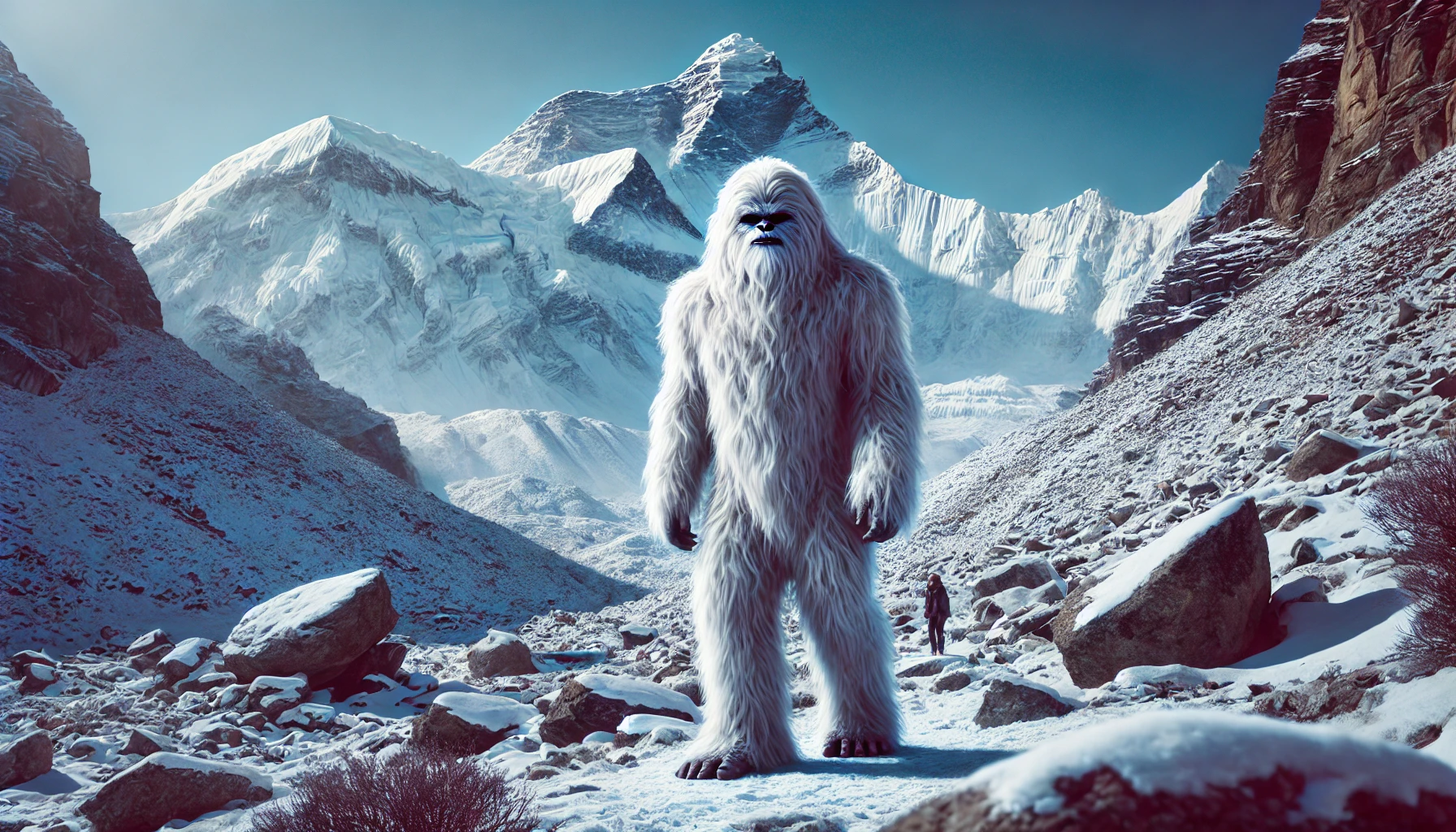Oxford scientist says Bigfoot isn’t real…but aliens probably are

An Oxford University biologist has urged cryptozoologists to “find another hobby” after concluding that Bigfoot, the Abominable Snowman, and the Loch Ness Monster are “pure fantasy”.
Professor Tim Coulson said their existence was a “scientific impossibility” and that monster hunters should stop wasting their time on the search.
The absence of skeletal remains and the lack of credible imagery are in themselves “strong and reliable indicators” that the creatures are not real and never were.
But evolutionary timelines drive a “big and very final nail into cryptids’ coffins”, he added.
Bigfoot’s only possible ancestors are humans, who didn’t reach the Americas from Africa until around 16,000 years ago.
This is not nearly long enough for a human to evolve into a giant, gorilla-type beast.
And for a plesiosaur or other type of dinosaur to have survived extinction in Loch Ness, there would need to have been a breeding population of several hundred individuals living there for at least 66 million years.
Not a single bone fragment or specimen, alive or dead in the last sixty six million years, has ever been discovered.
Professor Coulson, who is widely considered to be one of the world’s foremost authorities on biology and evolution, said the scientific likelihood of the creatures’ existence is “so tiny as to be confidently discounted”.
Writing in The European magazine, he said it was time to accept that cryptids – mythical animals that some believe exist without supporting scientific evidence – are nothing more than “fun figments of our imagination”.
He said: “I would dearly love for Bigfoot, Yeti, the Loch Ness Monster and other cryptids to exist, but the scientific evidence says otherwise.
“The likelihood of such beasts living undetected in forests, mountains and lakes, in great numbers, for thousands of years without leaving a single skeleton, fossil, bone fragment or skin sample is hard enough to swallow.
“But when we also consider the biological and evolutionary factors that determine these species’ purported existence and long-term survival, the likelihood reduces to the point where it becomes so tiny as to be confidently discounted as pure fantasy and fun figments of our imagination.”
From the Jersey Devil and the Mothman, to the Yeti, Sasquatch, and Nessie, the world is filled with mythical creatures that send the internet into meltdown with every viral sighting.
Despite many images of these so-called monsters proven to be fakes, it has not stopped tourists flocking to their supposed habitats each year in hope of catching sight of them.
According to Google, there are around 200,000 searches each month for the Loch Ness Monster alone, which is said to be worth £30m to the region.
Professor Coulson has won awards from major institutions including the Royal Society, has published more than 200 peer-reviewed articles, has advised governments, and is the author of The Universal History of Us: a 13.8-billion-year tale from the Big Bang to you.
Whilst the existence of large cryptids is unlikely, he argues that extraterrestrial life is a real possibility.
With billions of galaxies and even more planets, the chances of Earth being the only planet with life are extremely low.
He told The European: “Unlike the forests where Bigfoot is supposed to live, or the mountainous home of the Yeti, we have only explored a miniscule corner of the places where aliens may be found.
“The problem we have at the moment is we don’t know how to explore more of our universe quickly and easily.
“Unless science discovers a way to instantaneously jump from one part of the universe to another through worm holes, we are very unlikely to ever explore much of our galaxy, let alone the universe.
“Because we have only explored a fraction of even our local neighbourhood, it is much too early to rule out the existence of aliens, be they simple bacteria-like organisms or little green beasts with long necks and oversized heads.”
